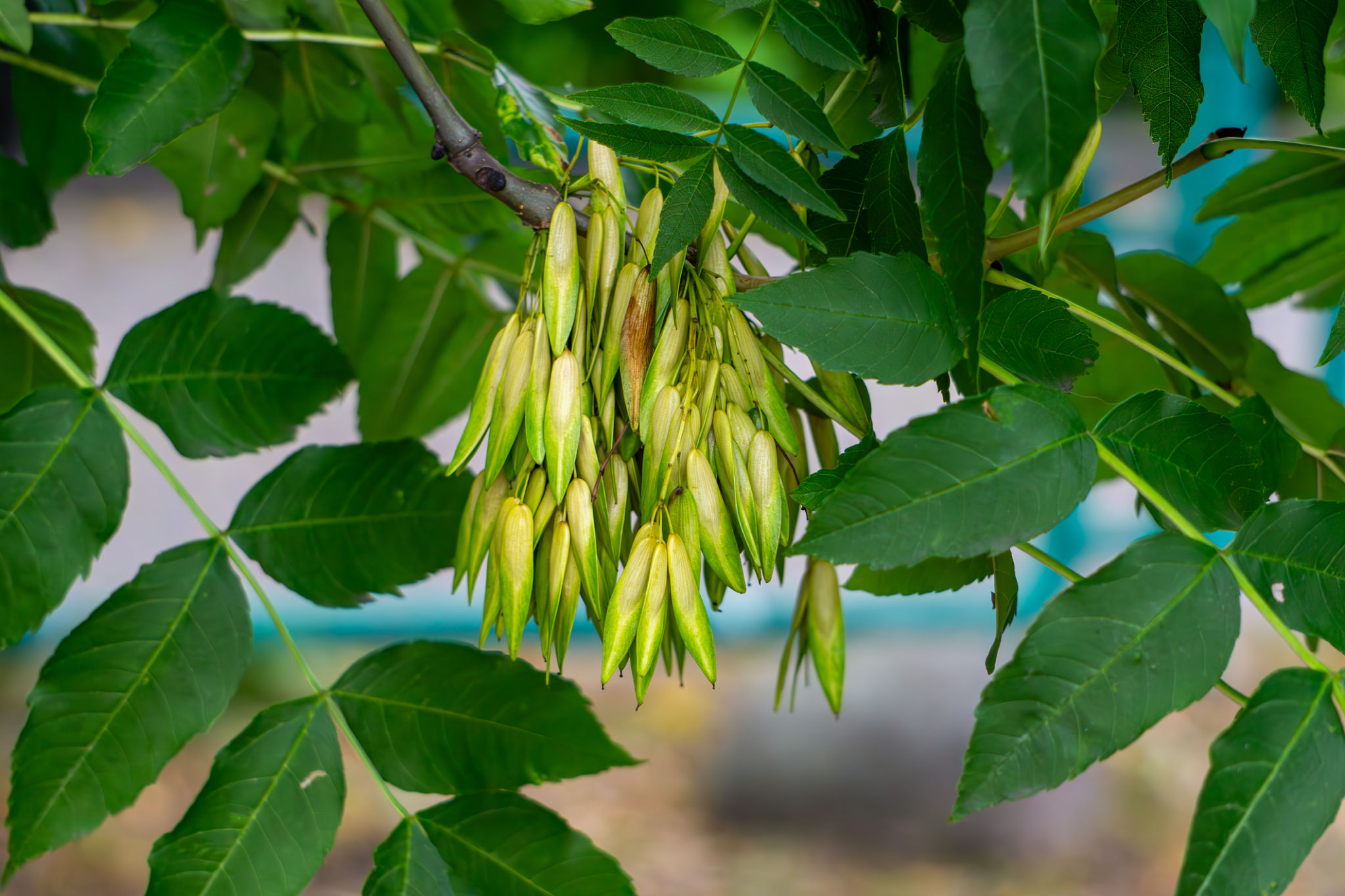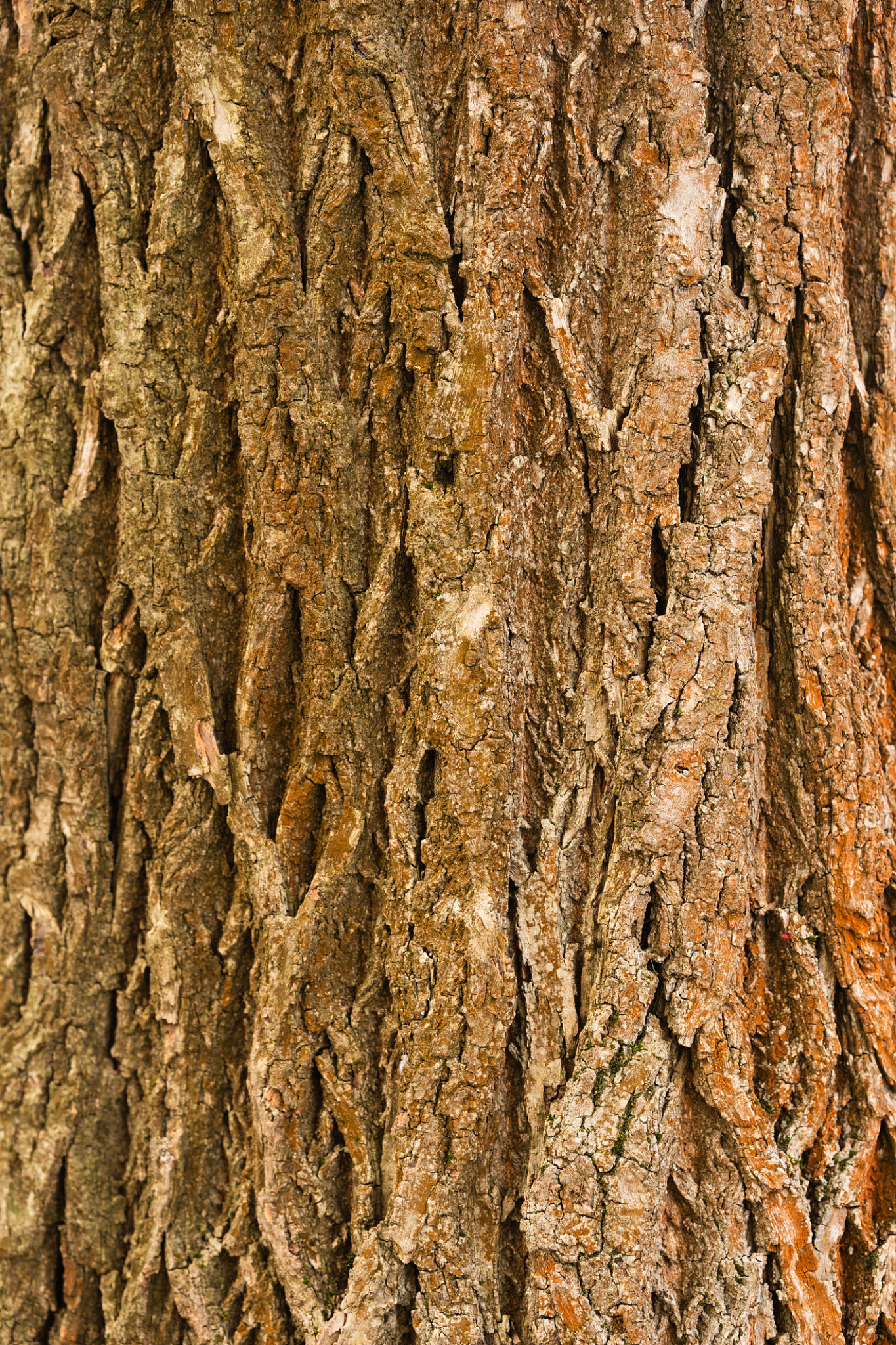Common Tree Diseases in the UK and How to Spot Them
Understanding Tree Diseases
Trees are an essential part of the UK's landscape, providing both beauty and ecological benefits. However, just like any other living organism, trees are susceptible to diseases. Being able to identify these diseases early can help in managing and preventing their spread. Here are some common tree diseases in the UK and how to spot them.

Oak Processionary Moth (OPM)
The Oak Processionary Moth is a significant threat to oak trees across the UK. The caterpillars of this moth feed on the leaves, severely weakening the trees. Look out for silk-like nests on oak trunks and branches, and caterpillars with distinctive long white hairs.
Control measures include removing nests and using biological pesticides. It's essential to handle with care as the hairs can cause skin irritation in humans.
Ash Dieback
Ash Dieback is caused by a fungus known as Hymenoscyphus fraxineus. This disease affects ash trees, leading to leaf loss, canopy thinning, and often tree death. Symptoms include dark lesions on leaves and bark, and dieback of shoots and branches.

Unfortunately, there is no effective treatment for Ash Dieback. Efforts focus on breeding resistant trees and monitoring affected areas.
Dutch Elm Disease
Dutch Elm Disease has devastated elm populations in the UK since the 1960s. The disease is spread by beetles that carry the Ophiostoma fungus. Early signs include wilting leaves that turn yellow and brown before falling off.
Management includes removing affected trees and controlling the beetle population to prevent further spread.

Horse Chestnut Leaf Blotch
This fungal disease is common among horse chestnut trees. It causes unsightly brown patches on leaves, which can lead to premature leaf drop. While not usually fatal, it can weaken trees over time.
- Look for irregular brown patches on leaves bordered by yellow margins.
- Ensure proper pruning and remove fallen leaves to reduce infection sources.
Honey Fungus
Honey Fungus is a serious threat affecting many tree species. It attacks the roots, causing decay and eventual death of the tree. Symptoms include white fungal growth under the bark and clumps of honey-colored mushrooms at the base in autumn.

Control methods are limited; however, removing infected stumps and roots can help prevent spread. Choosing resistant species for new plantings is advisable.
Preventing Tree Diseases
Prevention is always better than cure. Regular tree inspections, proper pruning, and maintaining tree health can significantly reduce the risk of disease. If you suspect a disease, consult with a professional arborist for appropriate action.
By understanding these common tree diseases and how to spot them, you can play a crucial role in preserving the beauty and health of the UK's trees.